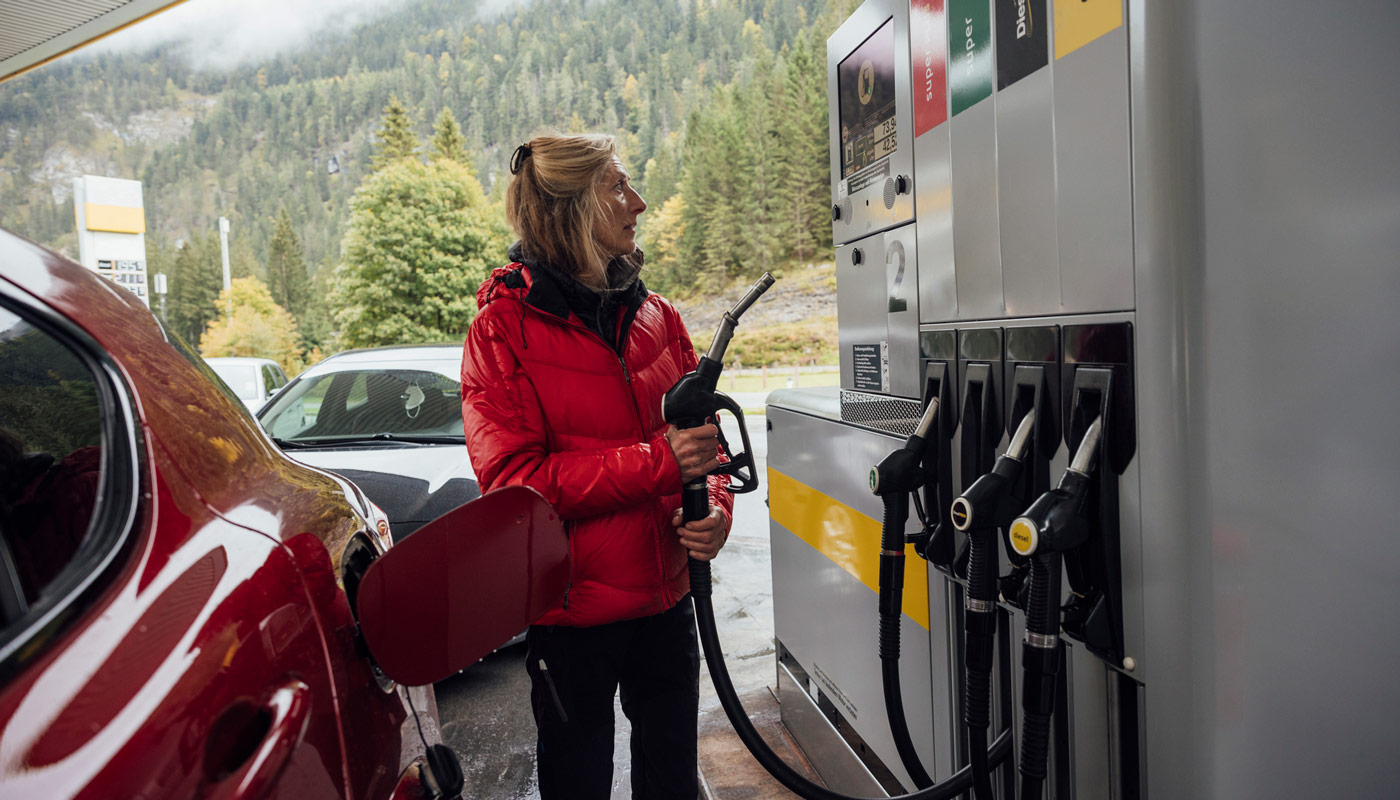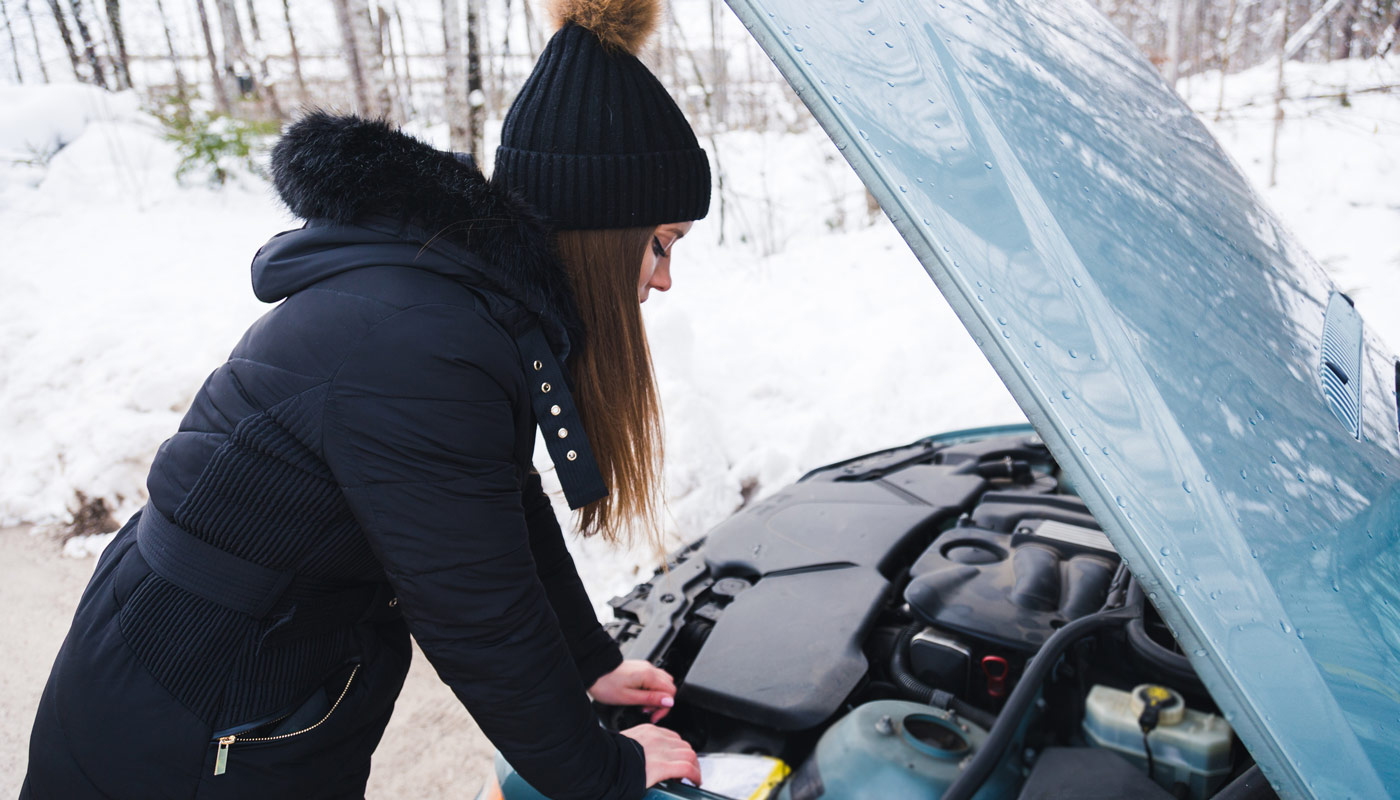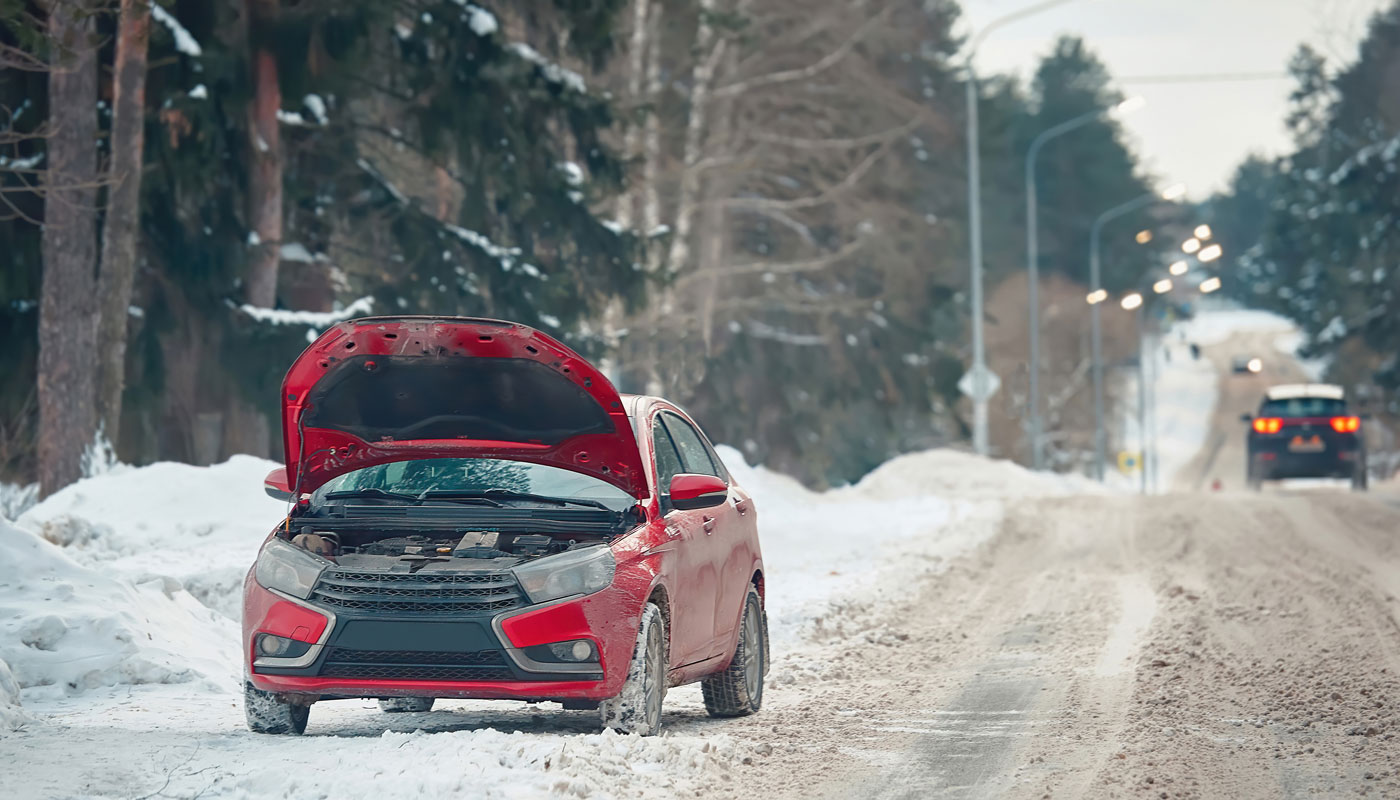Which is better for my car’s engine?
Although you can use both summer- and winter-blend gas any time of the year without much risk to your engine, their respective formulations are ideal for their corresponding seasons.
Additionally, a higher butane concentration lowers fuel efficiency, as the winter blend contains fewer energy units per gallon than other gasoline components. In other words, the miles per gallon are slightly lower when using winter-blend gas.
The only thing you might notice as gas stations transition from summer- to winter-blend fuel is a slightly lower cost to fill up your car’s gas tank. But the science backs up its importance as temperatures drop and your car engine’s needs change.
What is the point of changing back and forth?
In 1970, the EPA established The Clean Air Act. This act is designed to improve the earth’s air quality through the regulation of harmful emissions like ozone, smog, carbon monoxide and other pollutants. The changeover from summer-blend to winter-blend is a seasonal strategy for emissions reduction.
By reducing these air pollutants and improving the overall air quality, people breathe less pollution, are less likely to suffer a premature death or lasting health issues like Chronic Bronchitis and Asthma. Additionally, clean air leads to healthier forests, fewer toxins in food supplies and better visibility conditions.
As temperatures drop, your car’s engine benefits from winter-blend gasoline, designed to perform better in colder conditions while saving you money at the pump.
The seasonal switch may be subtle, but it helps reduce emissions and keeps your vehicle running smoothly during the winter months. Keep an eye out for lower fuel costs as you fill up and enjoy the benefits of winter-blend gas!
 Kyle Marra
Kyle Marra



